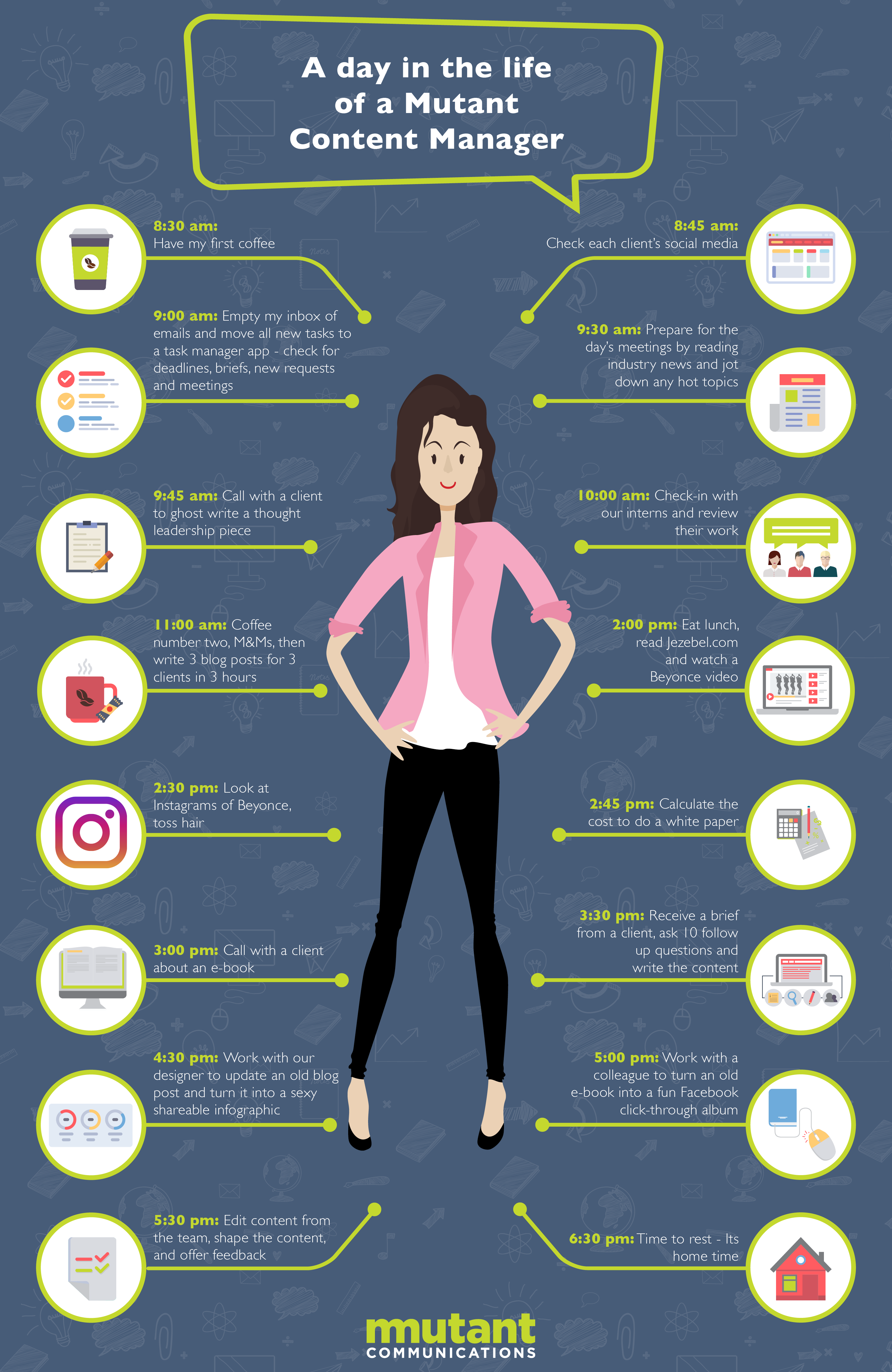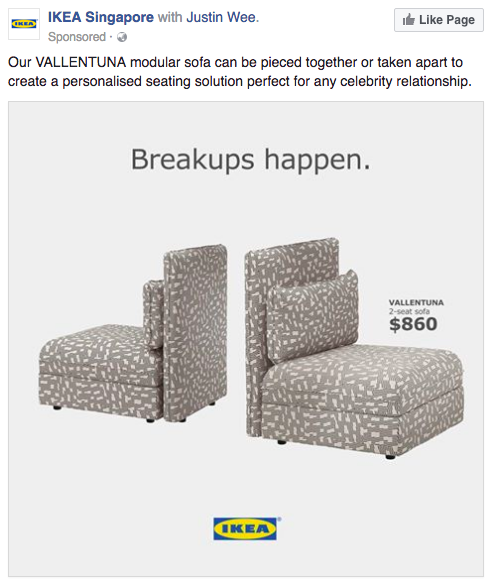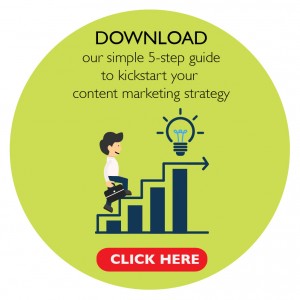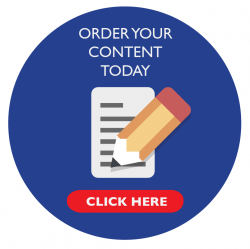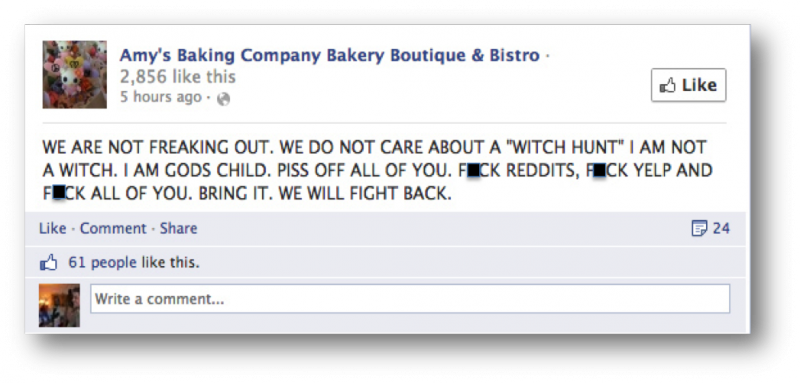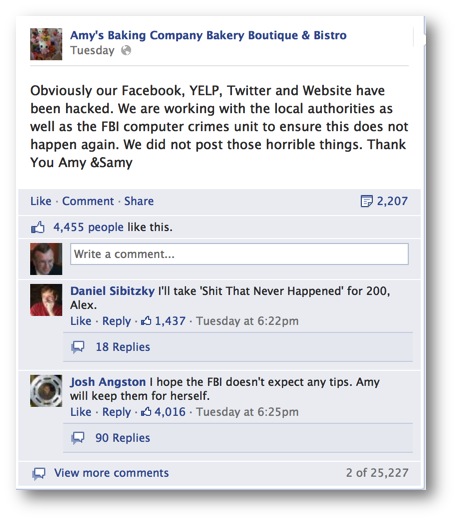In an incredibly dense and competitive marketplace, it’s becoming increasingly hard for brands to really stand out and make an impact. Brands now have to constantly think up of innovative strategies to captivate their audience.
Even if a brand has done everything right, it sometimes just isn’t enough to get great traction. And when all options have been exhausted, controversy may be roped in as a last-ditch attempt to scramble for some buzz.
Granted, some brands like United Colors of Benetton have been controversial from day one. But others like Adidas and Dunkin Donuts have learned the hard way through intense negative public backlash.
So, does controversy actually help or hurt brands?
The positive:
It can help start important conversations.
Global fashion brand, United Colors of Benetton faced criticism for their 2012 “Unhate” campaign. The ads featured world leaders (on opposing sides of religious, political, racial and cultural spectrums) in a lip-lock. An initiative by Benetton, the Unhate campaign’s main aim was to ‘fight against hate and discrimination in all its forms’.
Though it was slammed by the Vatican, the series of ads went on to win the Press Grand Prix at the Cannes Ad Festival, a prestigious award in the advertising industry. It was lauded by press jurors that the ad ‘has heart impact’ and promotes ‘a global debate’.
The ad itself is the epitome of controversy, but what made this a win for Benetton is the effect it had on viewers. The message behind it is something that cannot be ignored.
The negative:
It can seriously hurt the brand
Adidas came under fire shortly after the announcement of a new pair of Jeremy Scott designed sneakers, the ‘JS Roundhouse Mids’. The sneakers featured a pair of orange plastic shackles, which many fans picked up as ‘offensive’ and ‘ignorant’ because of similarities to shackles worn by slaves in the 19th Century.
Though Jeremy Scott claimed it had nothing to do with the alleged atrocity, Adidas cancelled the release of the shoe, apologising if anyone had been offended by the design.
Adidas may have received great sales from Scott’s outlandish designs in the past, but it just goes to show brands should always do prior research before releasing anything to the public.
When it comes to controversy, the pros and cons must be weighed out before any action is taken. Some brands may perform better with more controversy, but for others, it just doesn’t work out. If a brand’s values don’t align with the consumer, it’s going to get increasingly hard for people to identify with the brand in the long run.
Controversy can be a great exercise for brand building, but it can also hurt and bring about unwanted attention and perceptions which are always tough to change. Play carefully.
If you want to create some hype around your brand, we can help you. Get in touch with us at [email protected].

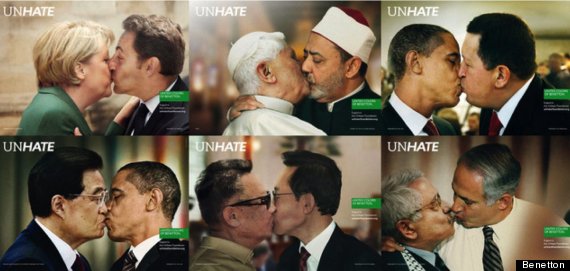
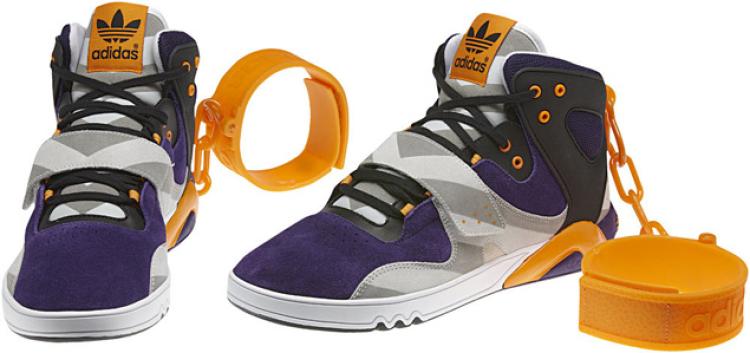
 Fact: It’s unlikely you will lead a life like Samantha Jones
Fact: It’s unlikely you will lead a life like Samantha Jones